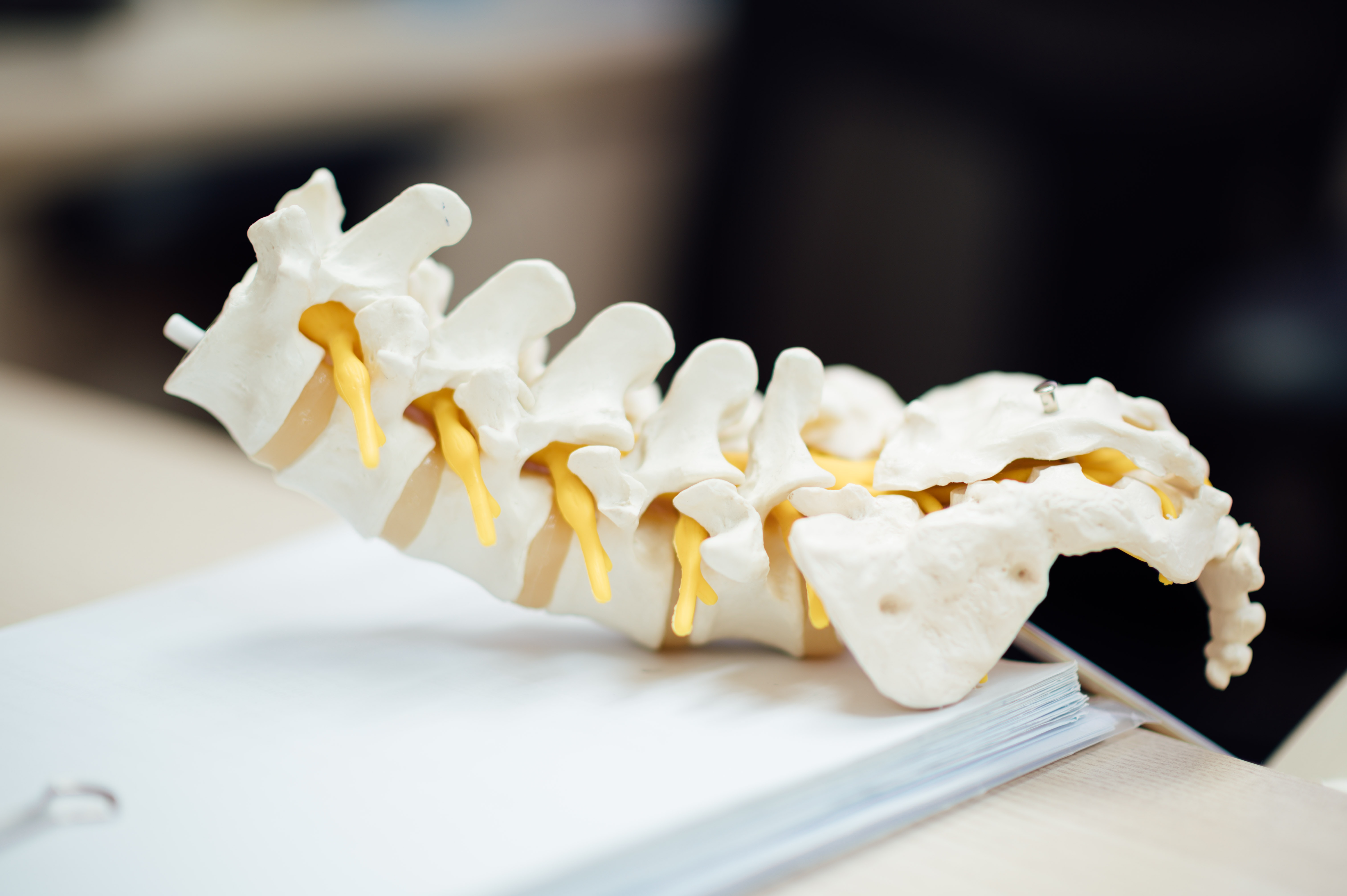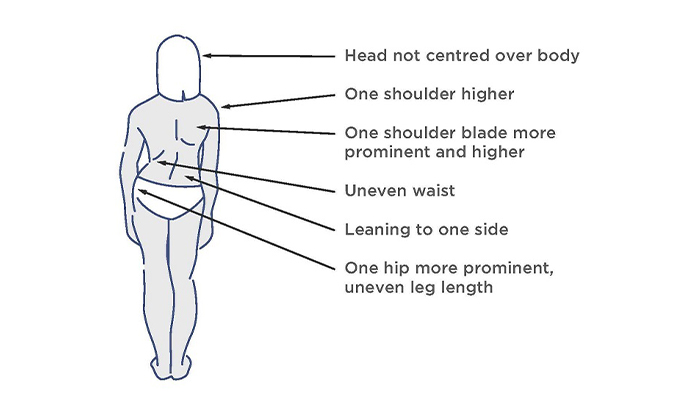
20 December 2021
Hundreds of our scoliosis patients have had wonderful results with the Cheneau-Gensingen brace over the last five years and we intend to build on that success with further development to the Cheneau brace. Our scoliosis specialists have been working on this for several years and our collaboration with Scoliosis SOS further strengthens our new treatment pathway which will come into effect on Tuesday 21st of December 2021.
Dr Jaques Cheneau developed his first brace in 1979. His brace design acknowledges that scoliosis is a three-dimensional condition and focuses on the three-dimensional correction of the spine in the coronal (front), transverse (rotational) and sagittal (side) planes. Goals for brace wearers are stabilisation at minimum, but LOC has witnessed at first hand significant spinal corrections in our patients, particularly juveniles and adolescents.
Since its initial development, Cheneau bracing has been intertwined with the Schroth concept for scoliosis. Dr Cheneau visited Katherina Schroth and Christa Lehnert-Schroth at their renowned clinic in Germany. He immediately understood the efficacy of the Schroth breathing concept and incorporated this into his brace designs using the augmented Lehnert-Schroth curve-pattern classifications, which for decades have been the basis for Schroth scoliosis treatment.
Today there are several Cheneau derivatives and LOC has made some small, but noticeable, adjustments to its design, primarily to improve comfort for the patient – compliance to the prescribed wearing regime is very important for successful treatment outcomes and therefore comfort is of paramount importance. Given the collective experience in fitting and fine-tuning hundreds of Cheneau-Gensingen braces, our team of Schroth certified clinicians and our in-house manufacturing team are looking forward to introducing this further development in January 2022.
One of the big advantages of bringing the manufacture of our braces for scoliosis in-house is that our scoliosis specialists will have direct control over the modelling of each bespoke brace and with the input of our experienced team of manufacturing technicians, we will be able to reduce the time between assessment and brace fitting substantially. Of significant benefit to the patients, this further development aims to make the braces even more discreet under clothing.
To provide specialist physiotherapy to complement our conservative, non-surgical bracing treatment for Scoliosis, we have teamed up with Scoliosis SOS which was founded in 2006 by clinic principal, Erika Maude, following her own experiences with scoliosis.
Originally Scoliosis SOS treated patients using solely the Schroth method but found that there were elements of postural correction that the method was unable to address optimally on its own. Over the years they have combined many aspects from the various schools of scoliosis specific physiotherapy exercise therapies and developed the ScolioGold method which recognises that not one single method works best for everyone. The Schroth method remains a central part of their successful scoliosis treatment but it is now enhanced by other well-established therapeutic techniques.

The team of physiotherapists at Scoliosis SOS also has a number of years of experience combining their therapy with bracing with the Cheneau-Gensingen brace. It is that combined scoliosis treatment that is recognised as the most effective at reducing the need for surgical intervention.
> Learn more about Scoliosis SOS
We believe that together LOC and Scoliosis SOS will provide patients with the best non-surgical scoliosis treatment available in the UK. If you are concerned that your child is developing scoliosis or has recently been diagnosed with the condition we would recommend that you contact us and arrange an initial free virtual consultation.

Visual signs of Scoliosis
We have the following facilities and amenities at our Kingston Upon Thames location:
We also have the Gait Laboratory for orthotics patients and Onsite Manufacturing for speedy turnarounds and adjustments whilst you wait.
Clothing worn is dependent on which clinic you are attending. You will be sent a letter detailing what clothing to wear along with all other details prior to any appointment at the clinic.
The operation used to treat severe scoliosis curves is typically spinal fusion surgery; a major procedure that involves moving muscles and realigning the skeleton into place. The curved, deformed vertebrae are fused together into a single bone, putting metal screws and rods into the spine to help straighten it. Surgery typically lasts between 4 and 8 hours depending on the severity of the curve. Bone graft is then taken from other parts of the body and used to cover the implants.
Following the operation, it is necessary to spend around a week in intensive care before returning home and the first few days are often uncomfortable. Most adolescents can expect to return to school from 2-4 weeks following surgery, but pain medication may be required up to 6 weeks following. A full recovery from the procedure can take up to a year, as it can take that long for the spine to heal fully.
Spinal fusion surgery causes the fused portion of the back to become permanently stiff, as a result, returning to sports that require large amounts of flexibility (ballet, yoga, gymnastics, dance) or contact (rugby, football, karate, hockey) may take longer.
Risks of spinal fusion surgery are like that of any other major procedure and include infection, blood clots and anaesthesia complications. The added risks include permanent nerve damage to the spine and paralysis.